Entrepreneur Stories
Larry Page Success Story
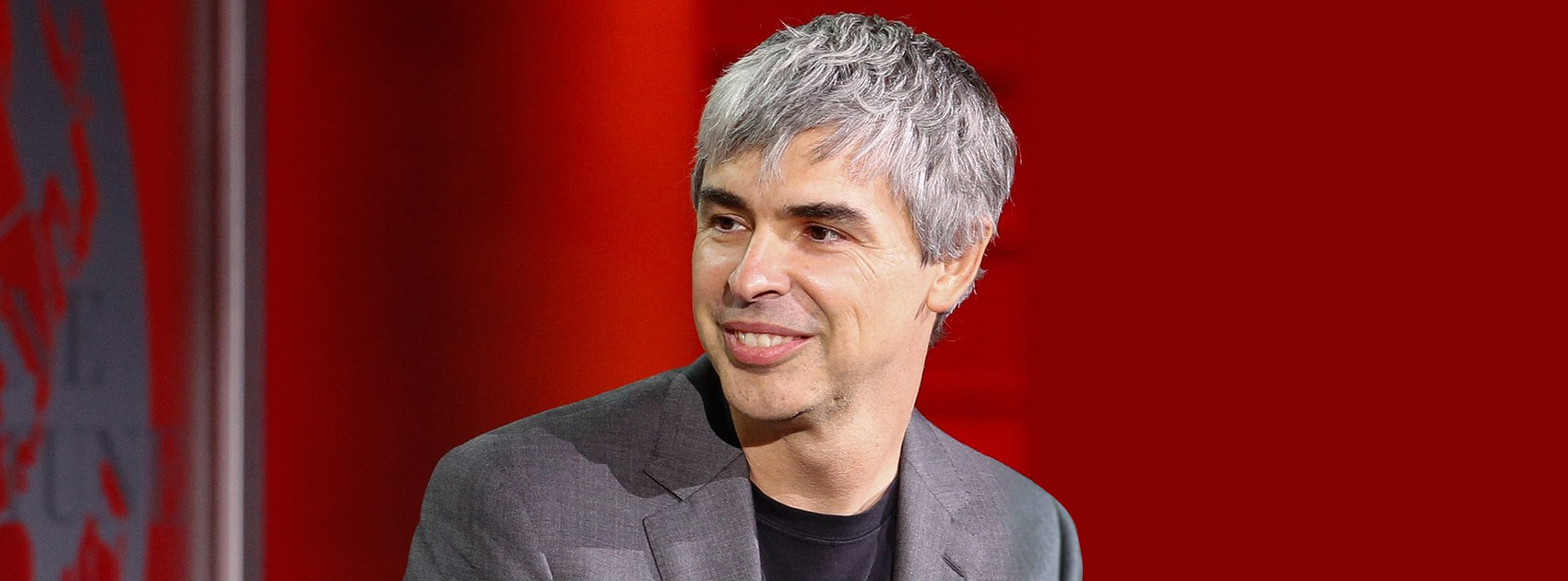
Larry Page and Google are today names which are synonymous with not just success, but with immense success rates. While Page may have pushed Google towards becoming one of the most indisputable search engines in the world, his story started off in quite a different way.
The Beginning
Back in the day, when Page was but a 22 year old man, a sudden idea rendered him sleepless. Realising sleep wasn’t going to be his friend that night, Page spent the entire night studying the different links on the World Wide Web and by the time morning broke, he began to read information in a brand new way. However, even though he had all his eggs in a row, Page was still a novice in the world of inventions. This was when he ran into Sergey Brin, a man he sparred with constantly during the early days of their friendship.
The two grew so close through the years because of their shared ideas, they started working on the multiple links Page had amassed during his sleepless night and finally, Eureka struck! The different links he saw from what he downloaded became the basis for an algorithm, PageRank, which would later be used to create his first search engine, BackRub. However, despite BackRub having a unique concept, the brand name just refused to stick and a few years later, Page renamed BackRub to Google.com in September 1997.
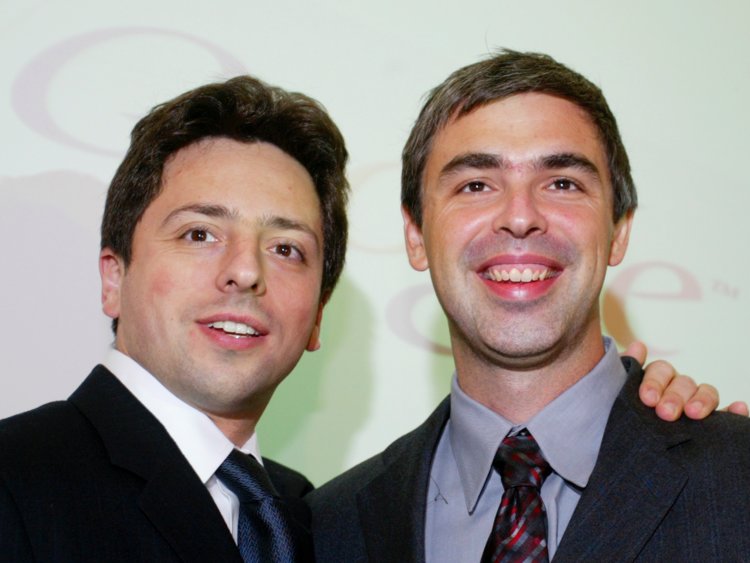
Picture credits: www.google.com
The Google Journey
The concept of the unique search engine was accepted immediately. Because the platform was becoming such a success, Brin and Page had no option but to spend all their free time on the developing the website. So much so that they even thought of selling the website during its initial phases!
The first version of Google went live in the year 1996 and originally, the website was hosted on a Stanford website, google.stanford.edu. Unfortunately, the initial Google website took so much space, it occupied more than half of Stanford’s bandwidth! Created with Page’s basic knowledge of HTML, the new platform of Google was visually appealing and extremely pleasing. Not only did it make the website really quick, it also helped in making the website extremely user friendly.
This propelled Google to the top instantly and with over 1 billion URLs by the year 2000, Google was quickly becoming the most popular search engine in the world. The biggest power move for Google happened when Google announced its restructuring under a new company called Alphabet Inc. With the number of employees growing at a drastic number, Page thought some restructuring was needed within the team.
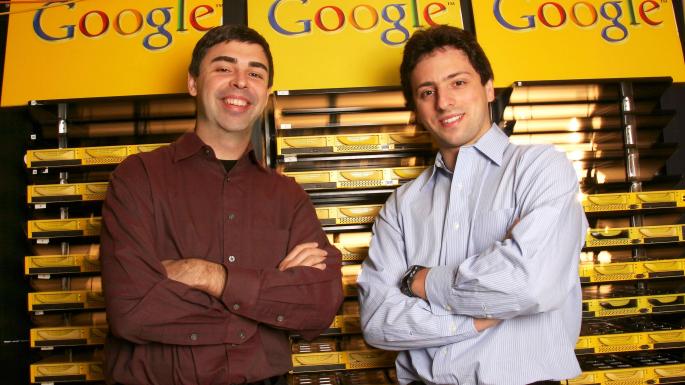
Picture credits: www.google.com
However, through all the changes and everything that could have gone wrong, Larry Page and Sergey Brin’s Google is now at the top. Single handedly revolutionizing the way the search engine system worked, Page’s and Brin’s brainchild was all set to bring information to people in the fastest way possible! Furthermore, with the evolution of technology and the increasing presence of digital marketing in everyday, people needed a search engine like Google to help them push forward.
Through the years, Page kept losing the bigger picture of what Google stood for and even with all the things going right for the company, he just wasn’t happy. It was only after he hired a man to take over the role of CEO that Page could finally settle into a role on his own. Today, Google is the most widely used search engine and with all the effort Page and Brin put into the website, the journey is quite a tale.
Entrepreneur Stories
Indian Man Quits JPMorgan, Takes 70% Pay Cut to Launch $6 Million Startup
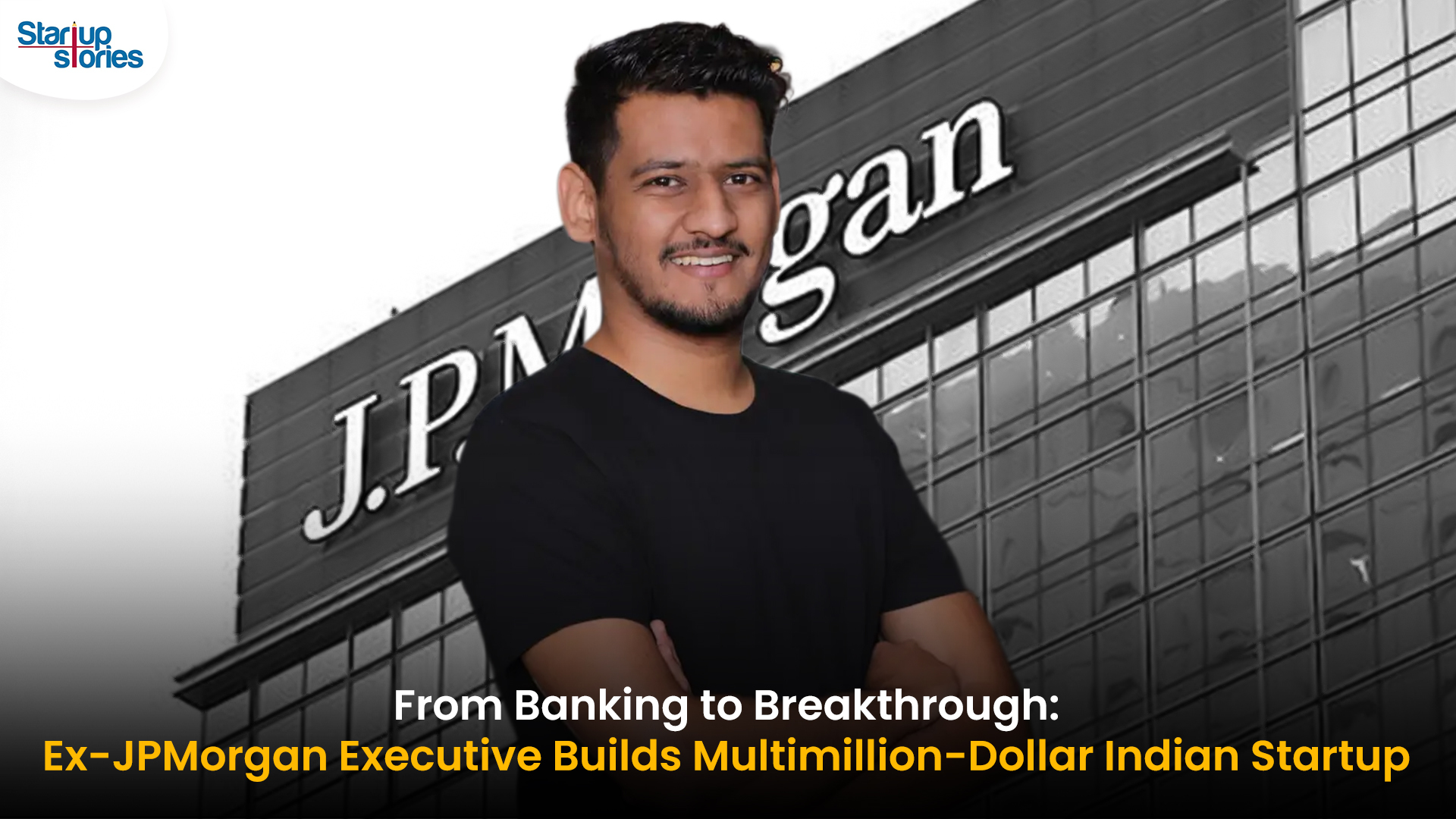
Leaving behind a high-paying job at JPMorgan, an Indian entrepreneur embraced a 70% salary cut to pursue true purpose and passion in the startup world. Disenchanted with what he described as a “robotic” corporate routine, he sought meaningful work that made a real impact. This pivotal decision marked the beginning of his new journey, one focused on value creation rather than titles and corporate perks.
Powered by resilience and fresh perspective, the entrepreneur launched his own startup, prioritizing innovation and hands-on solutions. The road was challenging, but his vision resonated with the market: the startup quickly gained traction and raised $6 million—an impressive acknowledgement of its potential in a competitive landscape. Every hard lesson from early setbacks and bootstrapping paid off in real customer growth and investor confidence.
Today, his journey stands as an inspiring example for professionals seeking authentic success outside the corporate grind. By trading comfort for creative freedom, he grew a venture that solves important problems, generates jobs, and builds wealth beyond just salary. For ambitious founders, his story highlights the power of risk-taking, adaptability, and relentless focus on impact in India’s thriving startup ecosystem.
Videos
Larry Page: The Visionary Co-Founder Behind Google’s Global Success
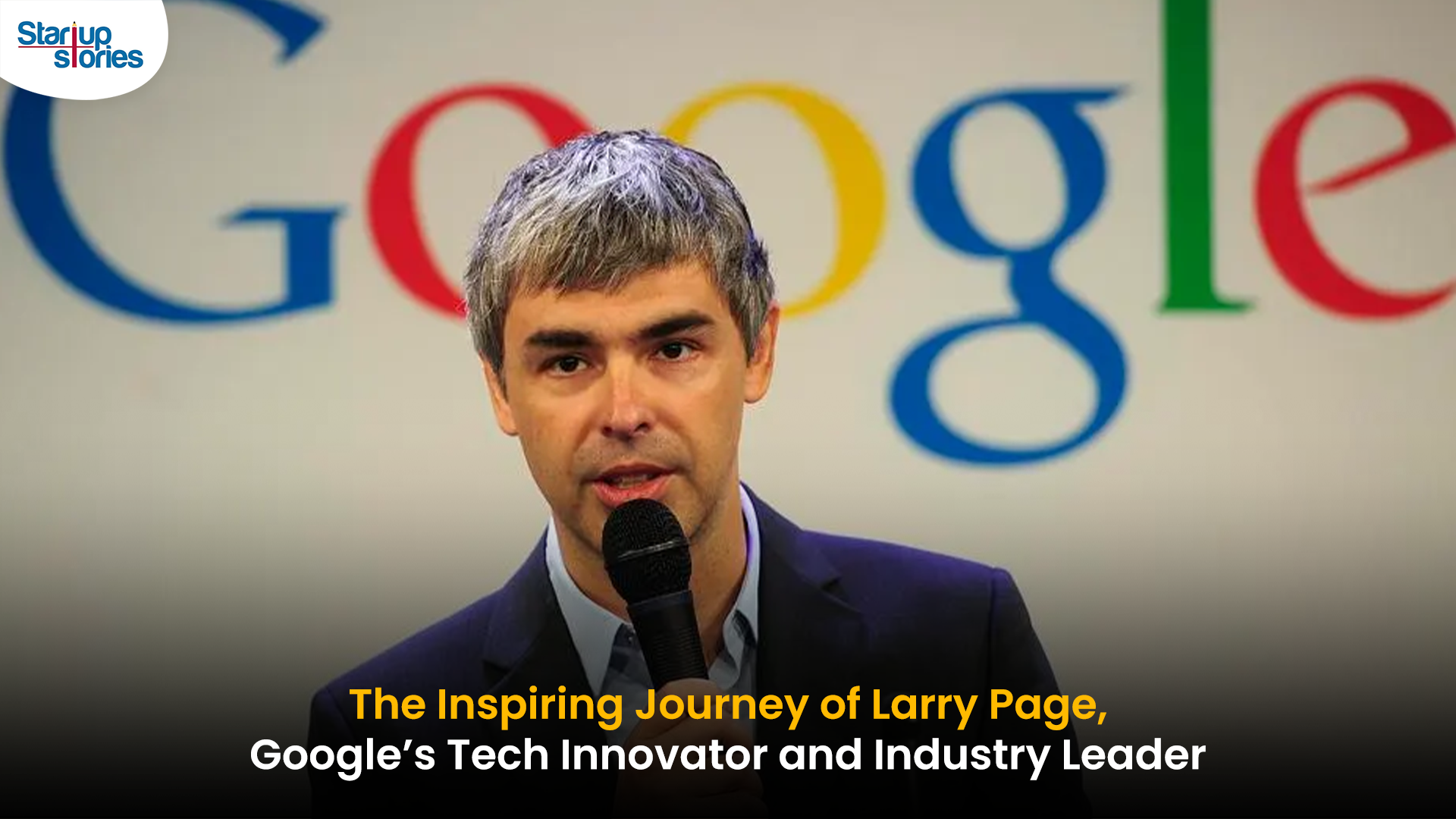
Larry Page is a visionary technology entrepreneur and co-founder of Google, one of the world’s most influential companies. Born in 1973 in Michigan, Page grew up surrounded by computer technology, which inspired his passion for innovation from an early age. He studied computer engineering at the University of Michigan and later pursued his PhD at Stanford University, where he developed the revolutionary PageRank algorithm with Sergey Brin. This technology fundamentally changed the way search engines rank websites, making Google the most accurate and popular search engine globally.
The journey of Larry Page and Google began in 1998 when they officially launched the search engine from a small garage. Leveraging their unique algorithm, Google quickly surpassed competitors due to its ability to deliver highly relevant search results, transforming internet search forever. Under Larry Page’s leadership as CEO, Google expanded beyond search to launch groundbreaking products including YouTube, Gmail, and Google Maps, turning it into a global tech powerhouse that shapes how we access and interact with information online.
Larry Page later became the CEO of Google’s parent company, Alphabet Inc., driving innovation and investment in next-generation technologies such as artificial intelligence, autonomous vehicles, and healthcare solutions. His visionary leadership and commitment to technological advancement have cemented his legacy as one of the most influential figures in the tech industry. Today, Larry Page remains a key influencer in shaping the future of technology and digital innovation worldwide.
Entrepreneur Stories
India’s Tech Story: Airtel Spreads AI Access, Ohm Mobility Lessons
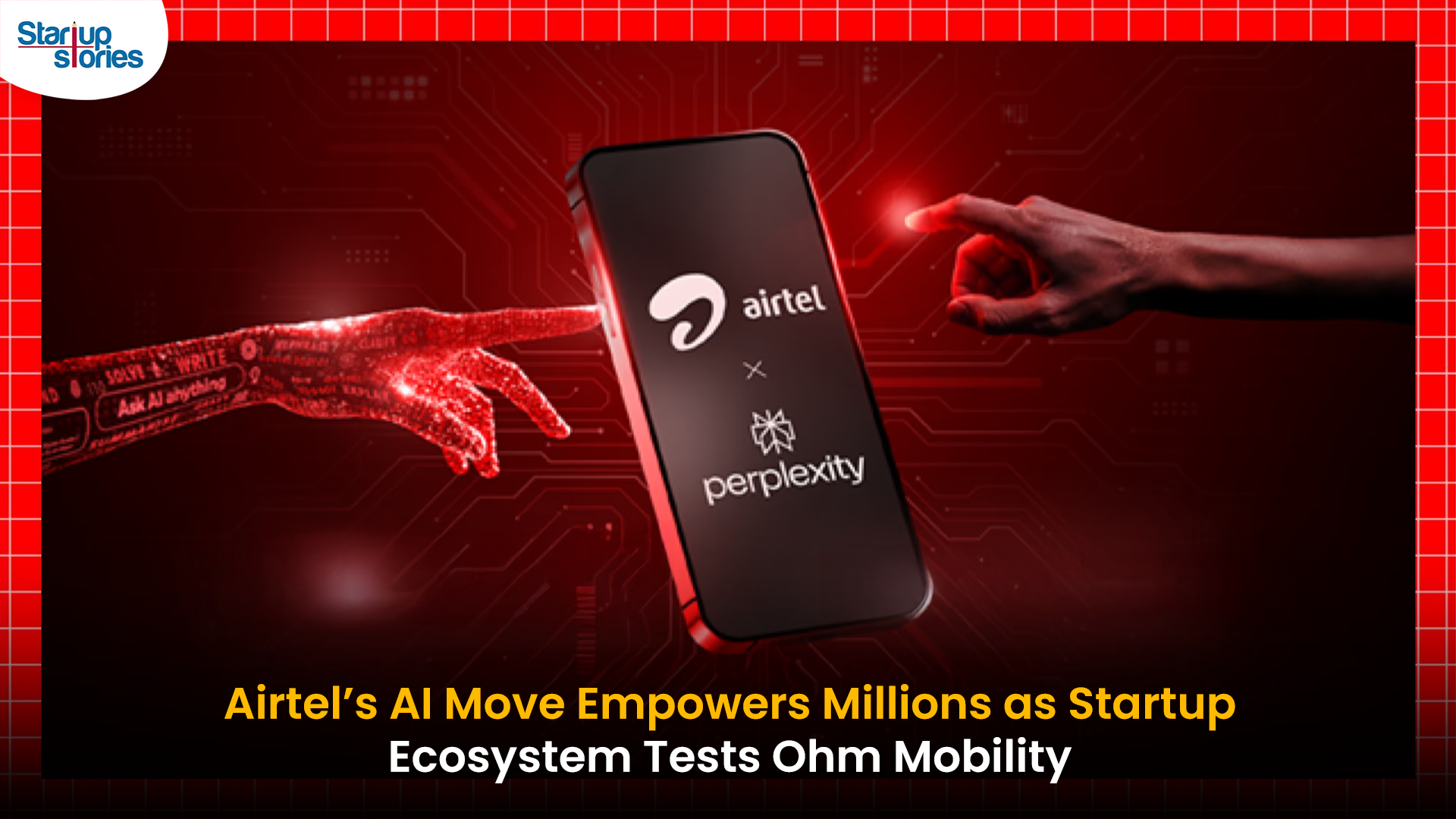
Bharti Airtel has launched the innovative “Airtel-Perplexity Blueprint,” partnering with Perplexity to provide over 360 million customers free access to Perplexity Pro for a year—a benefit valued at ₹17,000 ($200). This collaboration enables Airtel users across mobile, broadband, and digital TV to harness advanced capabilities in generative AI, including leading AI models like GPT 4.1, Claude, and Gemini, along with up to 300 Pro searches daily, image generation, document analysis, and personalized planning services. The move is seen as a milestone for telecom innovation and the democratization of AI in India, making powerful research and productivity tools accessible to a massive user base.
This strategic partnership positions Airtel as an “AI-first” telecom provider, allowing it to gain key insights into user interactions with artificial intelligence and adapt its networks for growing digital demands. For Perplexity, the tie-up grants exclusive access to India’s vast telecom audience, rapidly propelling the app to the No. 1 spot on the Indian App Store, surpassing global competitors like ChatGPT and Google Gemini. Airtel customers can activate their complimentary subscription seamlessly through the Airtel Thanks App, under the Rewards and OTTs section, reinforcing Airtel’s commitment to digital customer empowerment.
The broader Indian startup ecosystem reflects both breakthrough innovation and hard-earned lessons, illustrated by the recent shutdown of Ohm Mobility, an EV financing startup. Despite multiple pivots and industry-leading investors, Ohm Mobility struggled to achieve a sustainable business model—a reminder of the challenges in market fit and adaptability. As AI adoption accelerates and startup realities evolve, industry leaders like Airtel and Perplexity are setting new standards, while others, like Ohm Mobility, offer valuable insights on resilience and the importance of business model flexibility in India’s dynamic tech landscape.


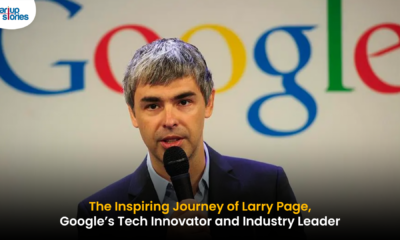

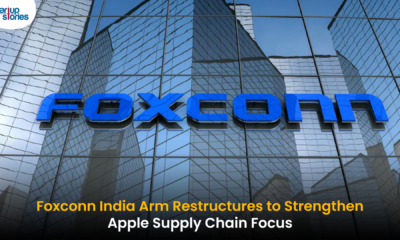

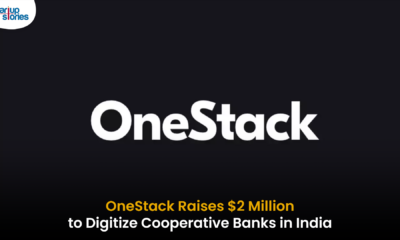






Sqinzkyg
May 25, 2025 at 2:10 am
Explore the ranked best online casinos of 2025. Compare bonuses, game selections, and trustworthiness of top platforms for secure and rewarding gameplaycasino.
MM88
November 6, 2025 at 10:37 pm
Khám phá thế giới giải trí trực tuyến đỉnh cao tại MM88, nơi mang đến những trải nghiệm cá cược thể thao và casino sống động.
J88
November 7, 2025 at 7:01 am
Đến với J88, bạn sẽ được trải nghiệm dịch vụ cá cược chuyên nghiệp cùng hàng ngàn sự kiện khuyến mãi độc quyền.
谷歌外推
November 9, 2025 at 3:54 am
采用高效谷歌外推策略,快速提升网站在搜索引擎中的可见性与权重。谷歌外推
MM88
November 11, 2025 at 2:50 am
Với giao diện mượt mà và ưu đãi hấp dẫn, MM88 là lựa chọn lý tưởng cho các tín đồ giải trí trực tuyến.
站群程序
November 11, 2025 at 2:43 pm
搭载智能站群程序,自动化搭建与管理,为SEO项目提供核心驱动力。站群程序
iwin
November 12, 2025 at 1:43 pm
iwin – nền tảng game bài đổi thưởng uy tín, nơi bạn có thể thử vận may và tận hưởng nhiều tựa game hấp
Kuwin
November 17, 2025 at 8:54 pm
kuwin sở hữu kho game đa dạng từ slot đến trò chơi bài đổi thưởng, mang đến cho bạn những giây phút giải trí tuyệt vời.